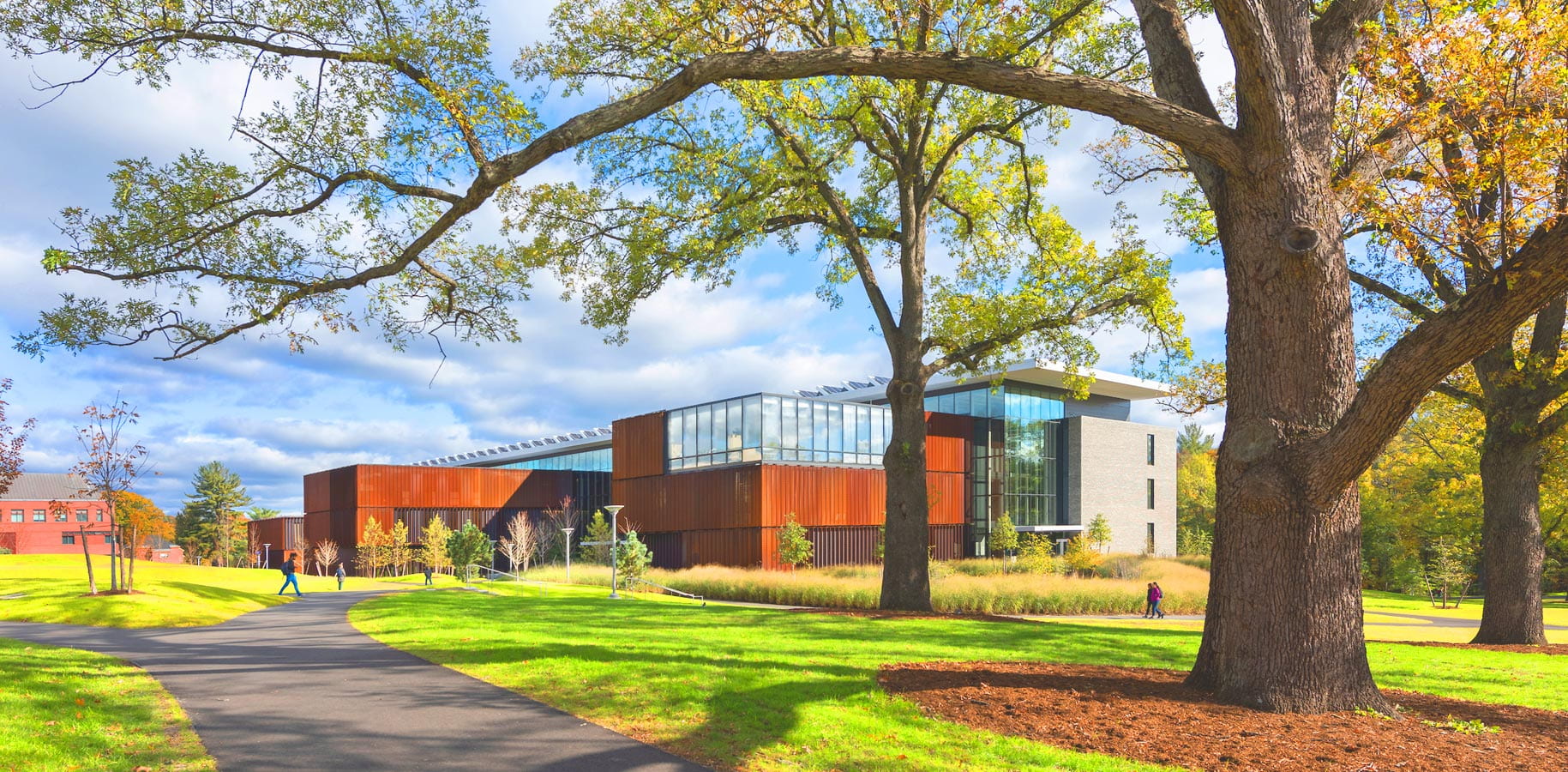What is COVID-19?
COVID-19, colloquially known as coronavirus, is an infectious, respiratory disease. It was first identified in December 2019 in Wuhan, the capital of China’s Hubei province. As of April 30, 2020, more than 3 million cases have been reported globally, resulting in more than 225,000 deaths. Over 950,000 people have recovered.
What are the common symptoms?
Common mild symptoms include dry cough, fever, general fatigue, shortness of breath, headache, sore throat, and loss of smell. Spots on toes and rashes are also known to be associated with COVID-19 more than other viral infections, though they are not widespread symptoms.
While the majority of infections only result in mild symptoms, infections can progress to viral pneumonia and multi-organ failure.
How is the virus spread?
Viruses are transmitted through respiratory droplets, produced by coughing, sneezing, and talking. There are two types of droplets, distinguished by their sizes. While large droplets rapidly fall to the ground a short distance away from their origin, small droplets can remain suspended in the air. For COVID-19, larger droplets have been shown to be main carrier of the virus. These large droplets can then reside on surfaces for several weeks, though their infectiousness declines over time.
How do people become infected and when can they infect others?
In most cases, people become infected by touching a contaminated surface and then touching their face. The time from exposure to the onset of mild symptoms is around five days, though it ranges from two days to two weeks.
The virus is most contagious for three days after onset of symptoms. Further research is being done to determine whether spreading the virus is possible before symptoms appear.
How can I protect myself?
First and foremost, maintain physical distance from other people. Transmittance of the virus is heavily dependent on close contact with infected individuals. Because infectious droplets can remain on surfaces for extended periods, frequently wash your hands and avoid touching your face with your hands, washed or not.
But isn’t it just like the flu?
Flu Season (October 1, 2019 – April 4, 2020)
39,000,000 -56,000,000 flu illnesses
24,000 – 62,000 flu deaths
The mortality rate of the flu last season ranged from 0.04% – 0.16%.
COVID-19 (December 2019 – Now)
3,193,886 confirmed cases
227,638 deaths
The mortality rate of COVID-19 (so far) is 7.1% of confirmed cases. It is NOT like the flu.
Are there any available treatments for the virus?
Currently, there is no available vaccine or publicly available antiviral treatment for COVID-19. Infected individuals are strongly recommended to self-quarantine for 14 days.
However, remdesivir, originally developed to treat the Ebola virus disease, has shown promising results in NIH clinical trials. Hospitalized patients with severe COVID-19 symptoms who received remdesivir recovered 31% faster than similar patients who received a placebo. Additionally, the remdesivir group had a lower mortality rate of 8.0%; the placebo group had a mortality rate of 11.6%.
What research is being done on the virus?
Many research labs across the globe are all working together to characterize the virus and its biological activity; this baseline research is necessary for discovering potential treatments. The virus has been fully sequenced; the sequences can be found online at NCBI. Researchers have already determined the structure of the virus and are now on the hunt for compounds and drugs that could potentially inhibit the activity of the virus. For example, a paper published on April 9, 2020 highlighted Mpro, a protein that plays an essential role in mediating viral replication and transcription, as a drug target and avenue for COVID-19 treatment. Using a combination of computational, biochemical, and biophysical techniques, the researchers were identified ebelsen and N3 as potential antiviral leads against COVID-19.
Sources
